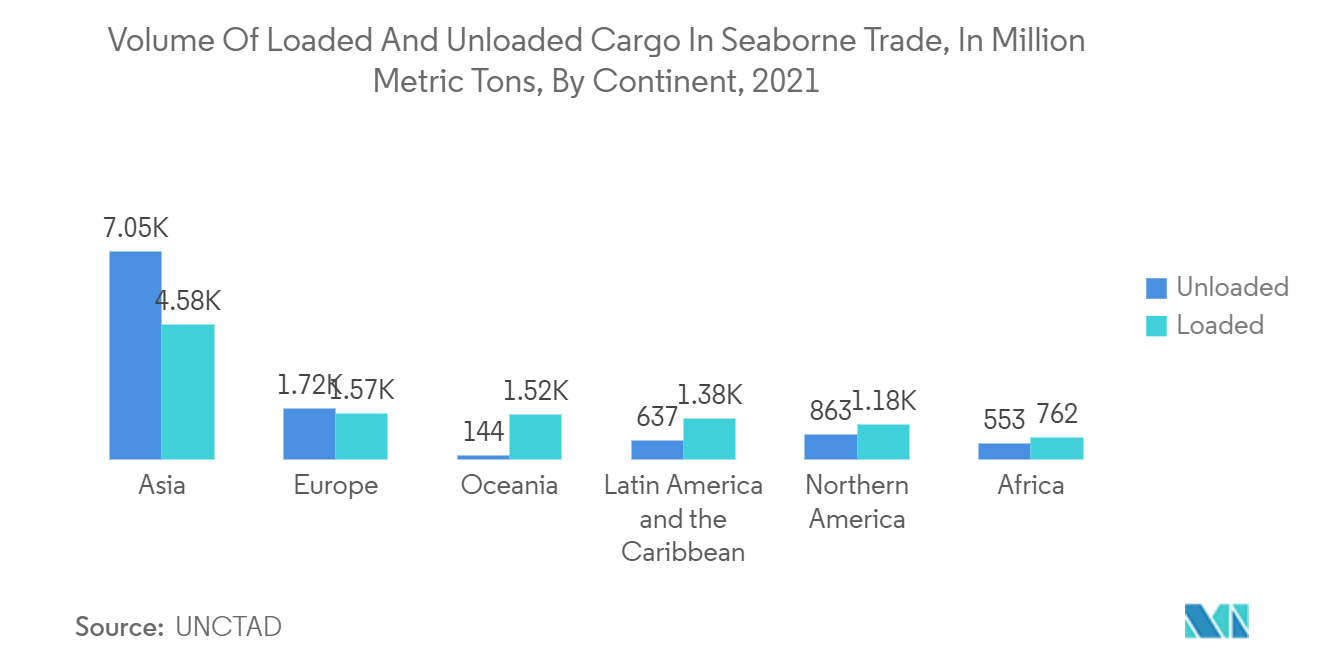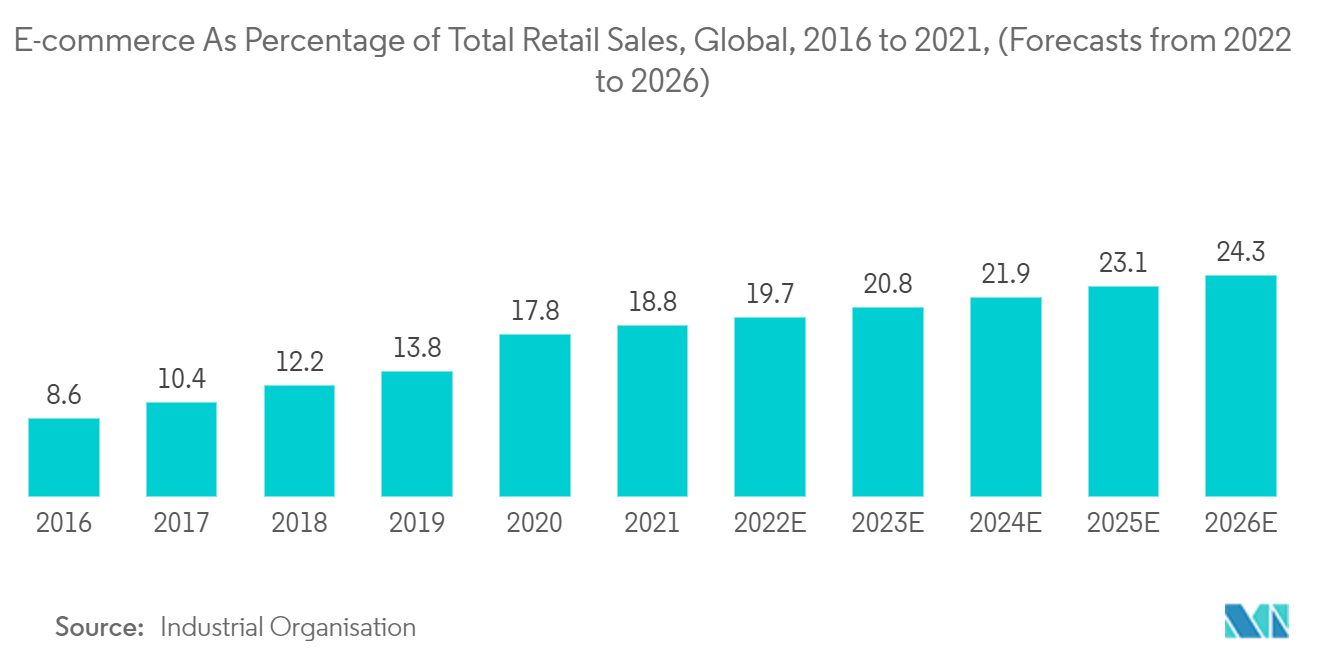Market Trends of Stevedoring and Marine Cargo Handling Industry
Demand Increasing For Maritime Trade
Following a 3.8 per cent decline in 2020, international maritime trade bounced back in 2021 with an estimated growth of 3.2 per cent, and overall shipments of 11 billion tons. This was slightly below pre-COVID-19 levels, as trade was still hampered by the prolonged pandemic, an unprecedented logjam in global logistics caused by a large upswing in demand and acute shortages of capacity on the supply side. Growth was driven primarily by increases in demand for containerized cargo. Gas, and dry bulk shipping also increased while shipments of crude oil declined.
For 2022, UNCTAD projects maritime trade growth to moderate to 1.4 per cent, and for the period 2023-2027 to expand at an annual average of 2.1 per cent, a slower rate than the previous three-decade average of 3.3 per cent. For many years the fastest growing segment was containerized trade, for which growth in 2022 is projected to be a tepid 1.2 per cent, before marginally picking up to 1.9 per cent in 2023. The projected deceleration is a consequence not just of pandemic-induced lockdowns, but also of strong macroeconomic headwinds combined with a weakening in China's economy. In addition, faced with rising inflation and living costs, consumers are spending less, while to some extent switching expenditure from goods to services

Rising E-Commerce
Global retail sales growth will continue to rise and take up more retail market share. According to research completed by eMarketer and Statista, online retail sales will reach USD 6.51 trillion by 2023, with ecommerce websites taking up 22.3% of total retail sales.
Latin America (including Peru, Brazil, Argentina, Chile, Colombia, and Mexico) saw USD 104 billion in ecommerce sales in 2022, up 22.4% from USD 85 billion in 2021. The Indian ecommerce market is one of the top 5 fastest growing countries in the world, sitting at 25.5% growth in sales in 2022. The UK is forecast to continuously increase by USD 85.7 billion (+42.88%) within the next years.
China continues to lead the global ecommerce market, accounting for 46.3% of all retail ecommerce sales worldwide, with total online sales just over the USD 2.8 trillion mark in 2022. It also has the world's most digital buyers, 842.1 million, representing 39.4% of the global total.
The US ecommerce market is forecasted to reach more than USD 904.2 billion in 2022, a little over a third of China's. After China and the US, the third-largest ecommerce market is the United Kingdom, taking up 4.8% of the retail ecommerce sales share. The UK is followed by Japan (3%) and South Korea (2.5%). The top five ecommerce markets haven't changed since 2018. Trends suggest that these markets will stay in the top five until 2025.


